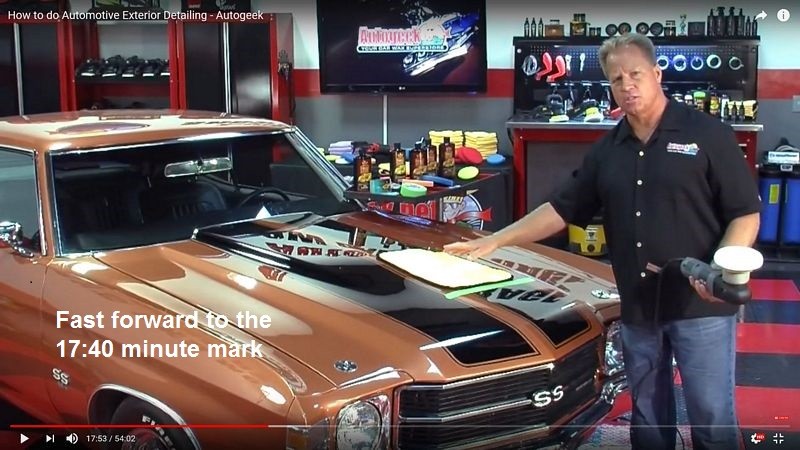Mike Phillips
Active member
- Dec 5, 2022
- 51,004
- 6
Why I call the FLEX 3401 the BEAST! by Mike Phillips
Recently the discussion of,
Where the name BEAST came from when referring to the FLEX XC 3401 VRG?
I have the answer.
First - I wrote a how-to book for the FLEX XC 3401 VRG.

I've written 8 books. 5 have been published and 3 were in queue for publishing. When you write a book, there are times when you do book signings. Here's an example from my last 3-day Detailing Bootcamp class. At the end of the class, I'm happy to sign any of the books I've written for the people that attend my classes.
Pictures - September 2019 3-Day Car Detailing Bootcamp Class
Book signing
After the certificate award ceremony, I'm always happy to sign copies of the 4 how-to book each student gets as a part of taking the class.

And for each book I've written, I sign it a different way. For the FLEX XC 3401 VRG I sign it like this,
The FLEX 3401 is a BEAST!
Master the Beast!
Mike Phillips
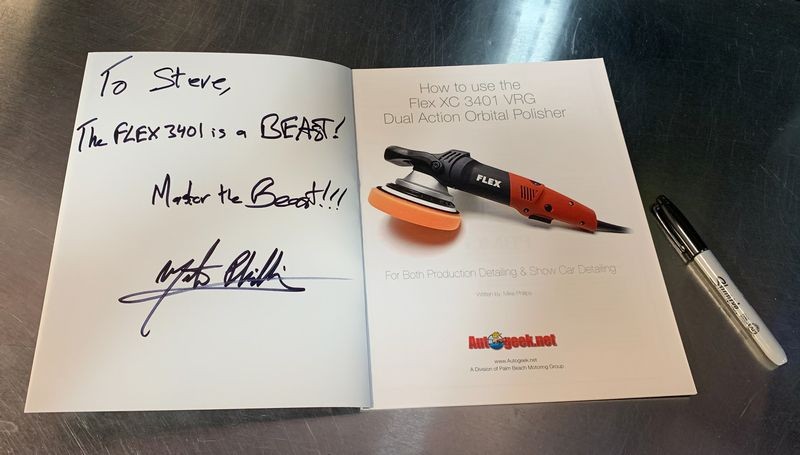

Yeah I know, my handwriting looks like it was done by a deranged 3-year old, that's why I'm a typist.
Second - Sometimes the naming protocols tool companies work for the company but don't work in the real world.
I made a video with Bob Eichelberg a few years ago and in the video I asked him,
What is with the letters and numbers associated with FLEX tools?
Bob said,
There just internal part numbers for warehousing, stocking, shipping, etc.
I said,
Well here's the deal, Bob, no one is going to refer to your tools by their part numbers. It's just not natural, in most cases the part numbers don't roll off the tongue, it's often times cumbersome and that's simply now how people talk let alone how detailers talk. My advice to you, and you can share this with upper management at FLEX back in Germany, is to give your tools a NAME. Figure out a name that somehow matches the tool and figure it out. Over the long run, it will stick and the tool and the company will get branded this way and it will be positive.
This conversation was by the way when the FLEX XFE 7-12 3" Mini Polisher was introduced. In this video I explain the FLEX naming protocols. With permission from FLEX instead of calling the tool by it's full part number name, I convinced them that most people were going to call it the 3" Mini Polisher and that's how it is generically referred to today,
Point being, after I wrote the FLEX how-to book, and hand to sign it someway so I signed it how I referred to it when speaking about the tool and when I talk to people about this took I refer to it as the BEAST.
Third - Here's the actual reason I originally referred to the FLEX XC 3401 VRG 8mm Gear-Driven Orbital Polisher as the BEAST.
Because.... it's a BEAST!
Let me show you what I mean. Last week I was given two new product to use and write a review for. To do the review justice, I really need to use them. I had a 2017 Mercedes-Benz to detail and for me it's standard protocol to wash and then MECANICALLY DECONTAMINATE the paint.
Mechanically Decontaminate = Removing above surface bonded contaminants using your choice of detailing clay, clay mitt, clay towel.
My personal rule for doing any type of mechanical decontamination is afterwards, I'm going to do at least ONE form of machine polishing so that if any marring was induced during the washing, drying or decontaminating processes, the polishing step will remove the marring. For the Mercedes-Benz, I had already planned on compounding the hood and trunk lid and the polishing the entire car. So this project will fulfill my own requirements for using these two new products.
You can read my review here,
Review: Speed Master Clay Towel and Clay Mitt
Speed Master Clay Mitt and Clay Towel
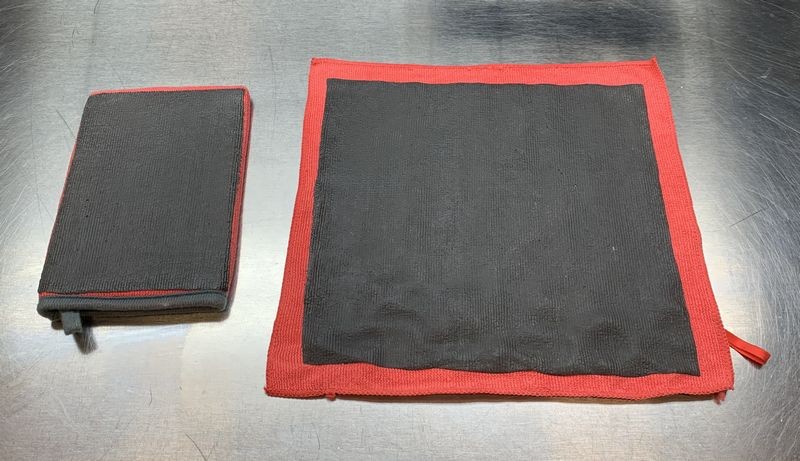
Next steps...
After washing, decontaminating and then drying the car, the next step was to compound the hood and the trunk lid. This is where the name BEAST came from. With most orbital polishers, you can only work a small section at a time when it comes to any paint correction steps. If you try to tackle too large of an area, you'll find out that you won't and don't remove all the swirls and scratches you intended and hoped to remove. In fact, for most free spinning random orbital polishers, the size you work is about the size of a 16" by 16" microfiber towel.
I explain this and show it in this video,
But this isn't so for the BEAST. And it was when I was buffing out this car last week that I took the below pictures to show you exactly what I mean because as the saying goes,
A picture tells a thousand words
And these first few pictures show you just how LARGE of an area I tackle using the BEAST. And the only reason I'm able to tackle these huge sections at ONE TIME is due to the correction power of the 8mm gear-drive orbital polisher called the FLEX XC 3401 VRG by FLEX but named the BEAST by yours truly.
Here's the hood, look how I divided the hood into 4 LARGE sections to compound the paint.

Here I've added lines to show exactly how large of an area I buffed when doing my Section Passes.

I divided the trunk lid into 2 sections....
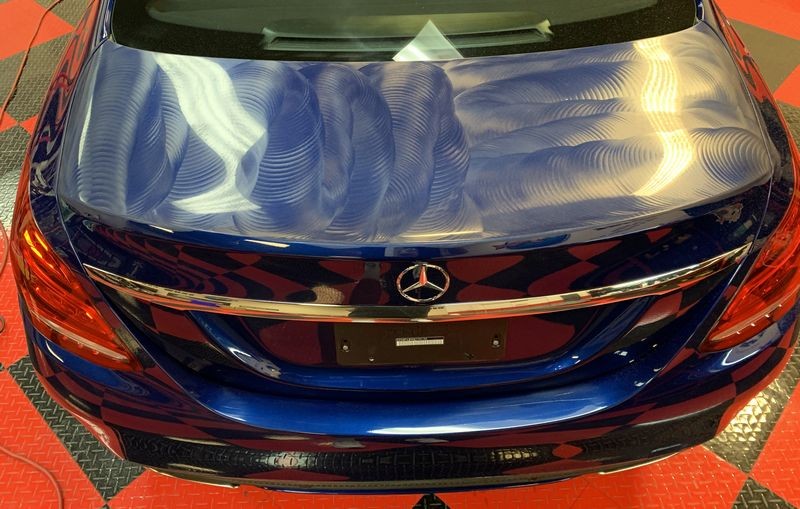
Here's a line to show you the two sections I did my section passes to....

Here's what I used...
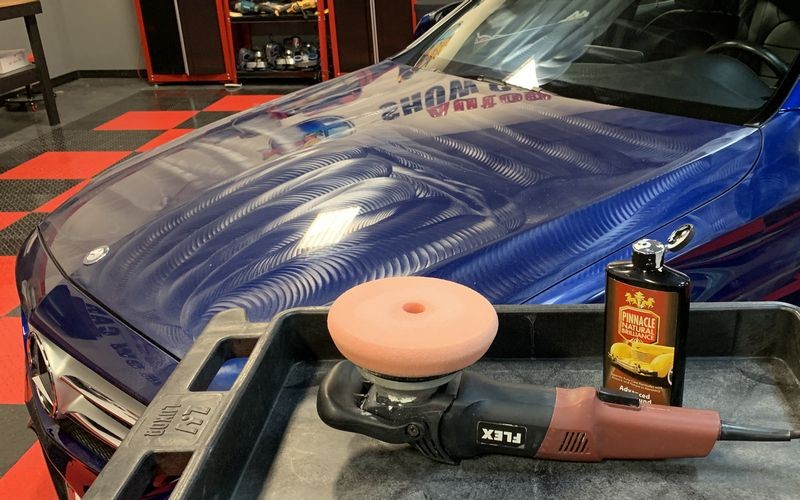

The Polishing Step
For the polishing step I tackled even LARGER sections.
Why?
Because once you've removed all the defects, you no longer need to WORK the paint. All you need to do is maximize gloss and clarity. In other words, perfect the paint for the next step.
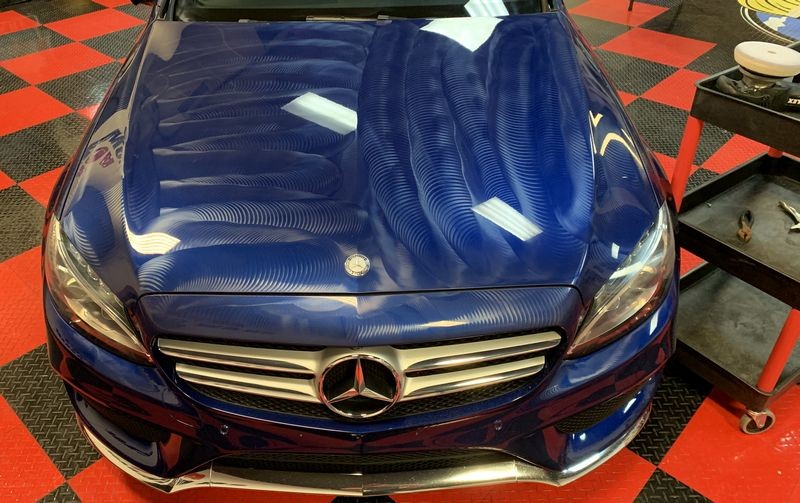
For the polishing step, I tackled one have of the hood at a time.

Here's what I used...

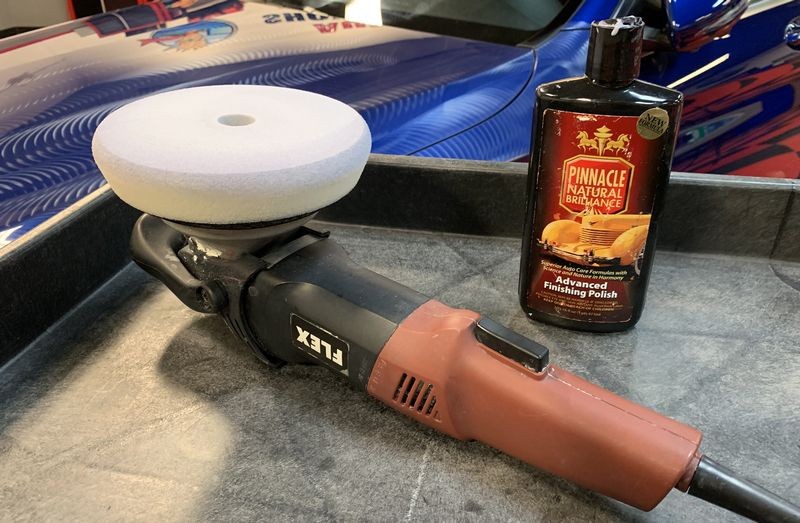
It's the ability to tackle such huge sections at a time that make the FLEX XC 3401 VRG a
BEAST!
And to show how the car finished out,

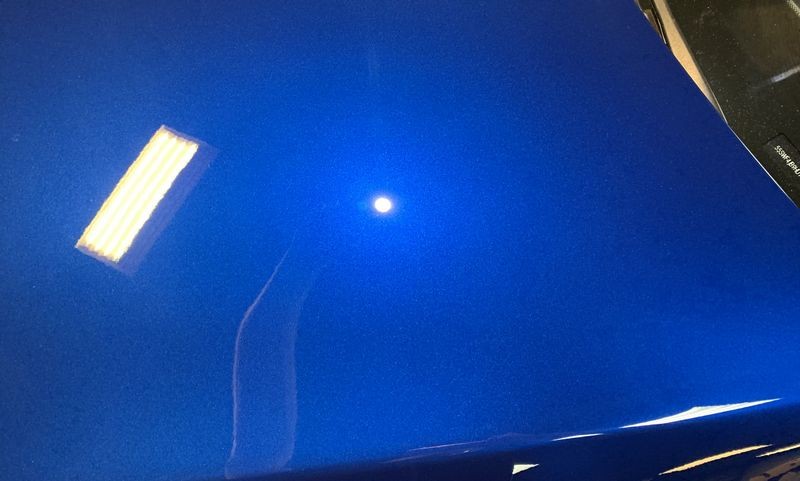
And here's the final results....
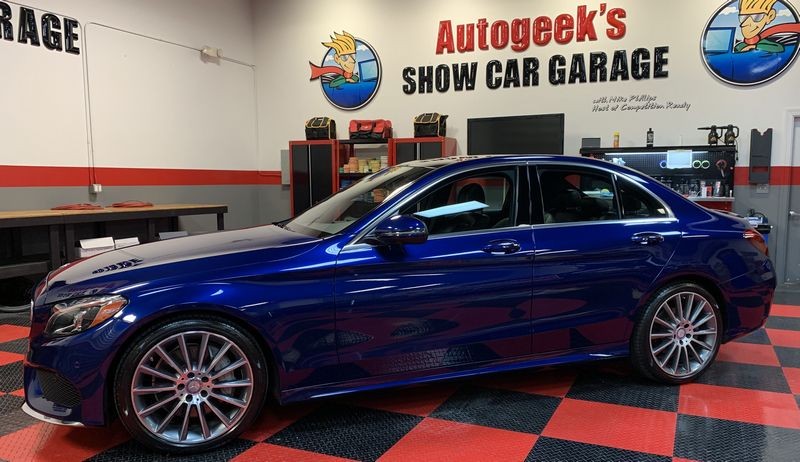
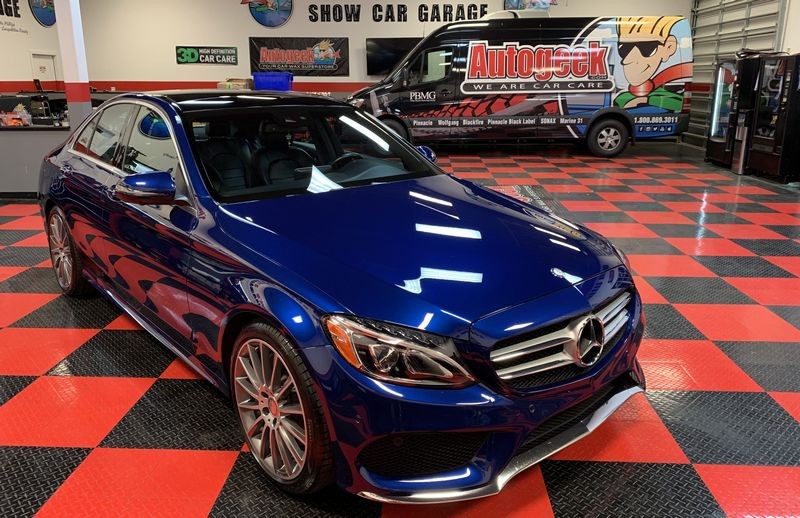
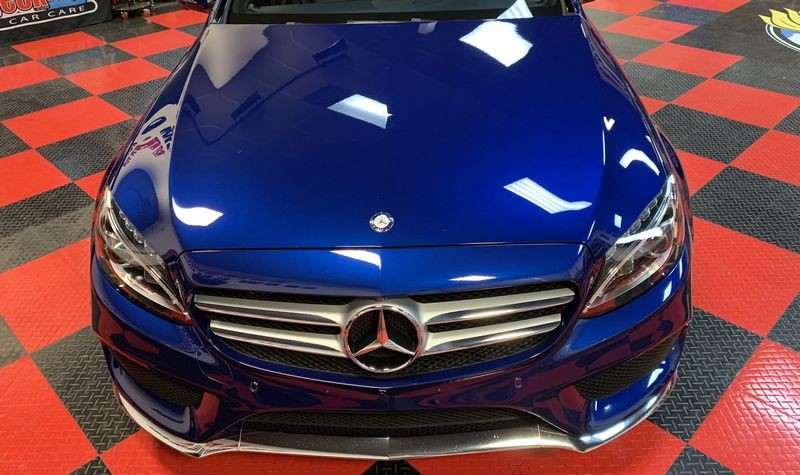

And I always type for the future, so in the future, if you have found this write-up and you're wondering,
What do I need to get results like the above, here's what I used....

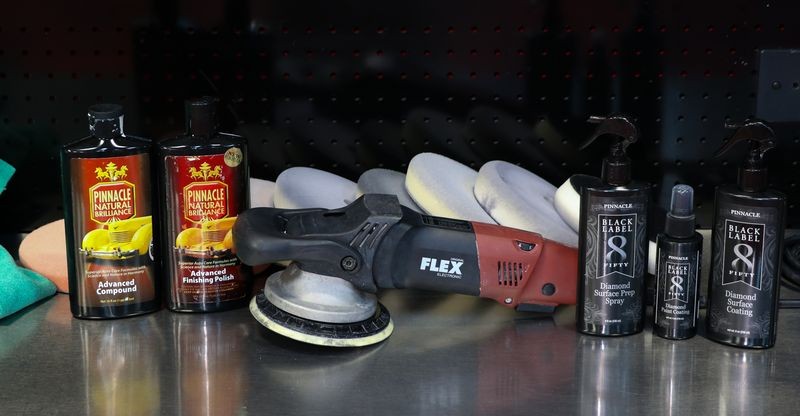 v
v
Clean, UNCONTAMINATED towels are one of the most important aspects of every detailing project.
Why?
It takes hours to buff out a car, if your towel has ONE small abrasive particle trapped in the weave, you will re-instill scratches into the paint when wiping anything off the paint.
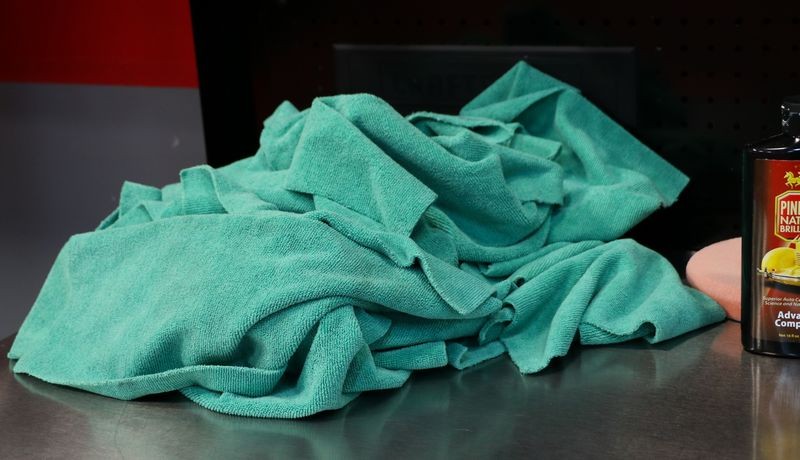
Pinnacle Advanced Compound and Advanced Finishing Polish are expensive but they use GREAT abrasive technology.

To seal the paint, I used the Pinnacle Black Label Diamond Paint Coating followed by an application of the Pinnacle Black Label Surface Coating the next day.
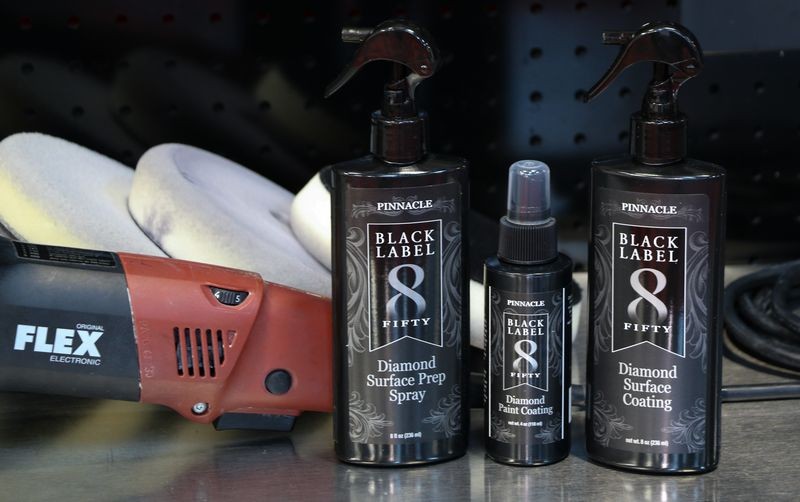
There's no "magic" to applying a ceramic coating and in fact, I make it really simple.
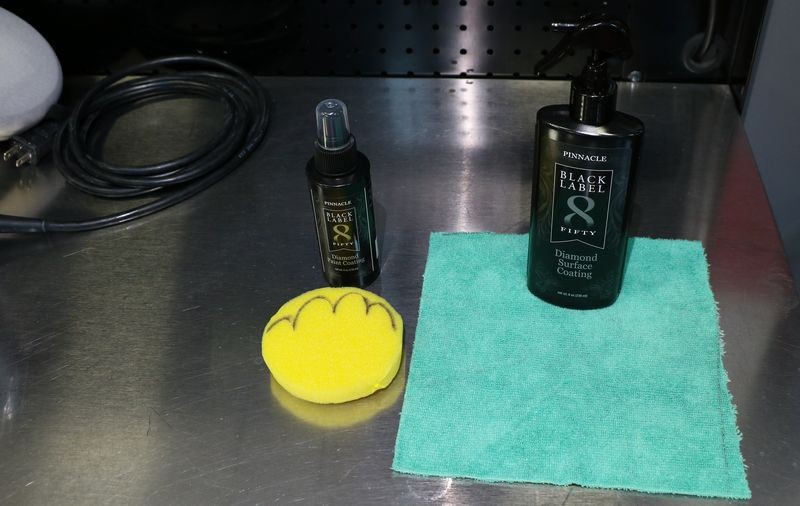
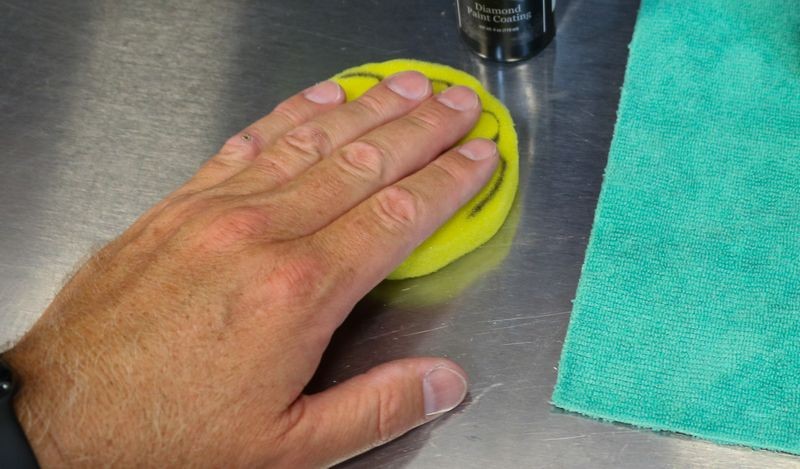
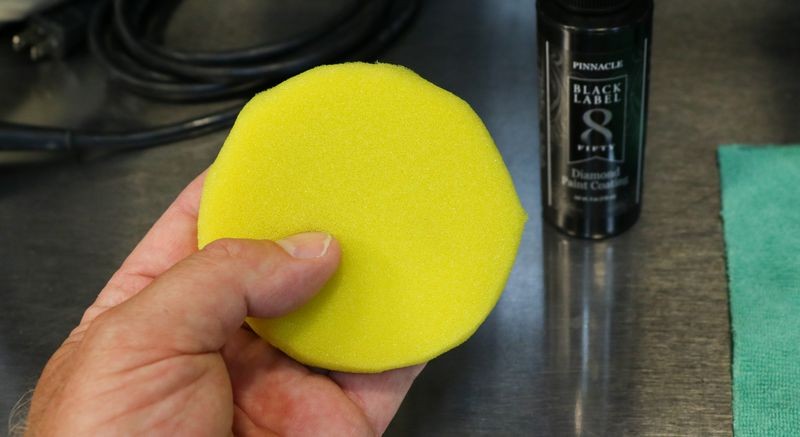
Most people don't understand or know it takes more than 2 pads to buff out a car. Here's what I used.
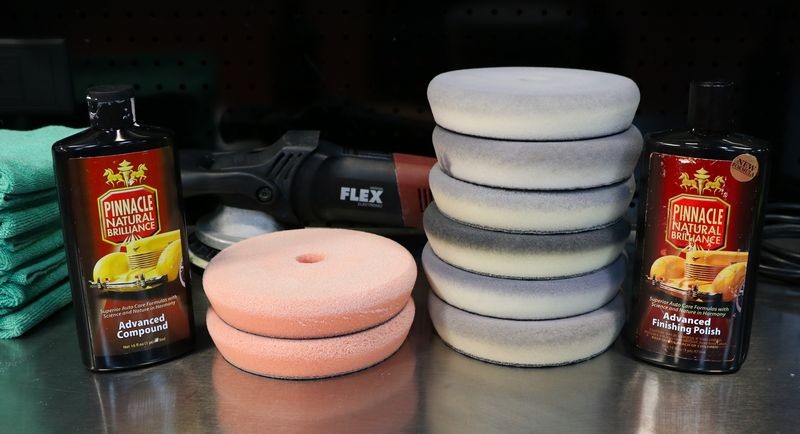
I folded the towel pile in the first pictures (I had already washed and dried them), so I could count how many towels I used to,
There are 18 Forrest Green Edgeless Towels in the picture below.
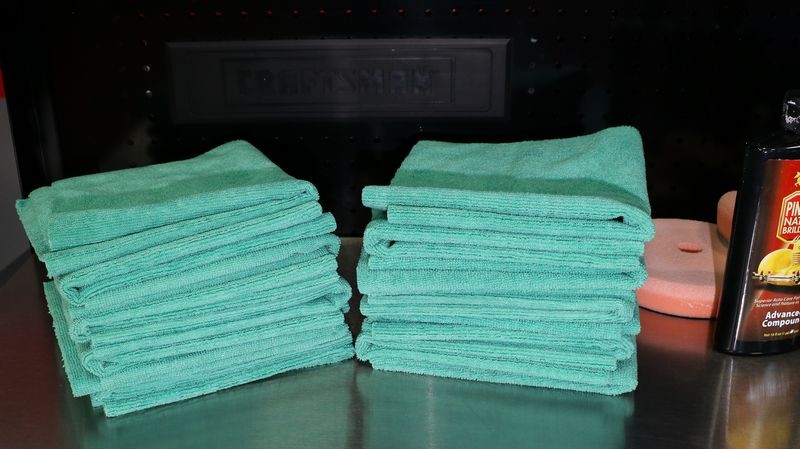
That's my story and I'm sticking to it. And that's where the name BEAST came from and the WHY behind the story.
You simply cannot plow through a car with any other tool like you can with the BEAST.

Recently the discussion of,
Where the name BEAST came from when referring to the FLEX XC 3401 VRG?
I have the answer.
First - I wrote a how-to book for the FLEX XC 3401 VRG.
I've written 8 books. 5 have been published and 3 were in queue for publishing. When you write a book, there are times when you do book signings. Here's an example from my last 3-day Detailing Bootcamp class. At the end of the class, I'm happy to sign any of the books I've written for the people that attend my classes.
Pictures - September 2019 3-Day Car Detailing Bootcamp Class
Book signing
After the certificate award ceremony, I'm always happy to sign copies of the 4 how-to book each student gets as a part of taking the class.
And for each book I've written, I sign it a different way. For the FLEX XC 3401 VRG I sign it like this,
The FLEX 3401 is a BEAST!
Master the Beast!
Mike Phillips
Yeah I know, my handwriting looks like it was done by a deranged 3-year old, that's why I'm a typist.
Second - Sometimes the naming protocols tool companies work for the company but don't work in the real world.
I made a video with Bob Eichelberg a few years ago and in the video I asked him,
What is with the letters and numbers associated with FLEX tools?
Bob said,
There just internal part numbers for warehousing, stocking, shipping, etc.
I said,
Well here's the deal, Bob, no one is going to refer to your tools by their part numbers. It's just not natural, in most cases the part numbers don't roll off the tongue, it's often times cumbersome and that's simply now how people talk let alone how detailers talk. My advice to you, and you can share this with upper management at FLEX back in Germany, is to give your tools a NAME. Figure out a name that somehow matches the tool and figure it out. Over the long run, it will stick and the tool and the company will get branded this way and it will be positive.
This conversation was by the way when the FLEX XFE 7-12 3" Mini Polisher was introduced. In this video I explain the FLEX naming protocols. With permission from FLEX instead of calling the tool by it's full part number name, I convinced them that most people were going to call it the 3" Mini Polisher and that's how it is generically referred to today,
Point being, after I wrote the FLEX how-to book, and hand to sign it someway so I signed it how I referred to it when speaking about the tool and when I talk to people about this took I refer to it as the BEAST.
Third - Here's the actual reason I originally referred to the FLEX XC 3401 VRG 8mm Gear-Driven Orbital Polisher as the BEAST.
Because.... it's a BEAST!
Let me show you what I mean. Last week I was given two new product to use and write a review for. To do the review justice, I really need to use them. I had a 2017 Mercedes-Benz to detail and for me it's standard protocol to wash and then MECANICALLY DECONTAMINATE the paint.
Mechanically Decontaminate = Removing above surface bonded contaminants using your choice of detailing clay, clay mitt, clay towel.
My personal rule for doing any type of mechanical decontamination is afterwards, I'm going to do at least ONE form of machine polishing so that if any marring was induced during the washing, drying or decontaminating processes, the polishing step will remove the marring. For the Mercedes-Benz, I had already planned on compounding the hood and trunk lid and the polishing the entire car. So this project will fulfill my own requirements for using these two new products.
You can read my review here,
Review: Speed Master Clay Towel and Clay Mitt
Speed Master Clay Mitt and Clay Towel
Next steps...
After washing, decontaminating and then drying the car, the next step was to compound the hood and the trunk lid. This is where the name BEAST came from. With most orbital polishers, you can only work a small section at a time when it comes to any paint correction steps. If you try to tackle too large of an area, you'll find out that you won't and don't remove all the swirls and scratches you intended and hoped to remove. In fact, for most free spinning random orbital polishers, the size you work is about the size of a 16" by 16" microfiber towel.
I explain this and show it in this video,
But this isn't so for the BEAST. And it was when I was buffing out this car last week that I took the below pictures to show you exactly what I mean because as the saying goes,
A picture tells a thousand words
And these first few pictures show you just how LARGE of an area I tackle using the BEAST. And the only reason I'm able to tackle these huge sections at ONE TIME is due to the correction power of the 8mm gear-drive orbital polisher called the FLEX XC 3401 VRG by FLEX but named the BEAST by yours truly.
Here's the hood, look how I divided the hood into 4 LARGE sections to compound the paint.
Here I've added lines to show exactly how large of an area I buffed when doing my Section Passes.
I divided the trunk lid into 2 sections....
Here's a line to show you the two sections I did my section passes to....
Here's what I used...
The Polishing Step
For the polishing step I tackled even LARGER sections.
Why?
Because once you've removed all the defects, you no longer need to WORK the paint. All you need to do is maximize gloss and clarity. In other words, perfect the paint for the next step.
For the polishing step, I tackled one have of the hood at a time.
Here's what I used...
It's the ability to tackle such huge sections at a time that make the FLEX XC 3401 VRG a
BEAST!
And to show how the car finished out,
And here's the final results....
And I always type for the future, so in the future, if you have found this write-up and you're wondering,
What do I need to get results like the above, here's what I used....
Clean, UNCONTAMINATED towels are one of the most important aspects of every detailing project.
Why?
It takes hours to buff out a car, if your towel has ONE small abrasive particle trapped in the weave, you will re-instill scratches into the paint when wiping anything off the paint.
Pinnacle Advanced Compound and Advanced Finishing Polish are expensive but they use GREAT abrasive technology.
To seal the paint, I used the Pinnacle Black Label Diamond Paint Coating followed by an application of the Pinnacle Black Label Surface Coating the next day.
There's no "magic" to applying a ceramic coating and in fact, I make it really simple.
Most people don't understand or know it takes more than 2 pads to buff out a car. Here's what I used.
I folded the towel pile in the first pictures (I had already washed and dried them), so I could count how many towels I used to,
- Wipe off compound
- Wipe off polish
- Chemically strip the paint
- Give the paint a final wipe
There are 18 Forrest Green Edgeless Towels in the picture below.
That's my story and I'm sticking to it. And that's where the name BEAST came from and the WHY behind the story.
You simply cannot plow through a car with any other tool like you can with the BEAST.
